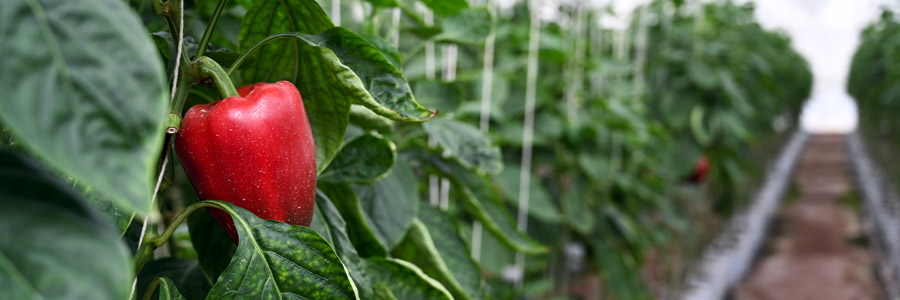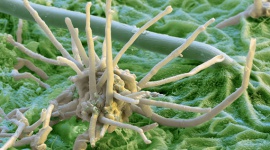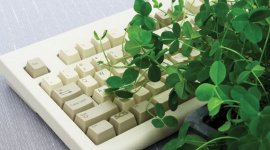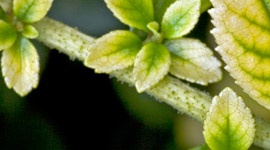Preventing Contaminants for Bountiful Harvests
Abha Gupta, MS Horticulture, Assistant Horticulturist
First, let's talk about those typical troublemakers: microbial contaminants. These sneaky fungi like Botrytis or powdery mildew can mess with our beautiful flowers and diminish the quality of our harvests. But fear not, my friend! By keeping ideal ventilation and humidity levels for each plant stage (start high and end lower), maintaining optimal temperatures as much as possible (72-76°F during the day and dropping 5-10°F at night), and giving our plants some pruning love to increase air flow, we can prevent those pests from establishing.
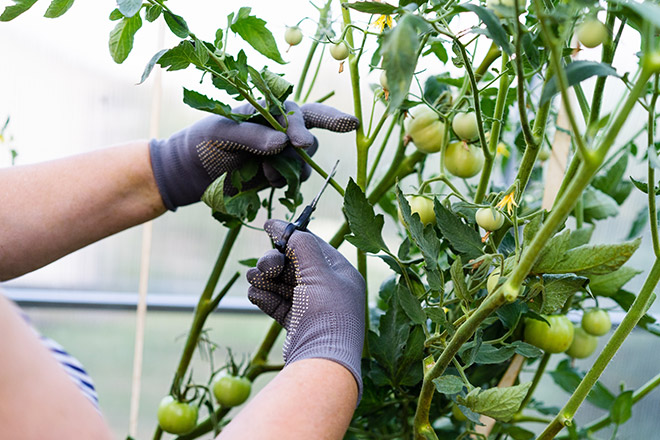
But that's not all – we must also protect our grow environment from contamination from the outside. Inputs, dirty hands, debris dragged in by foot, and leftover crop remains can all cause unwanted contamination. Stick to a strict standard operating procedure for cleanliness and hygiene – and this prevention will pay it forward ten-fold.
Once our plants are harvested, their defense systems cease to function, and that opens the door for bacteria and fungi to swoop in and ruin our precious yields. So, keep a close eye on the conditions during the post-harvest phase. Set up a proper drying (dark, cool, ventilated, and mid-range humidity) and curing (similar to drying, but cooler still) system to ensure those contaminants don't stand a chance!
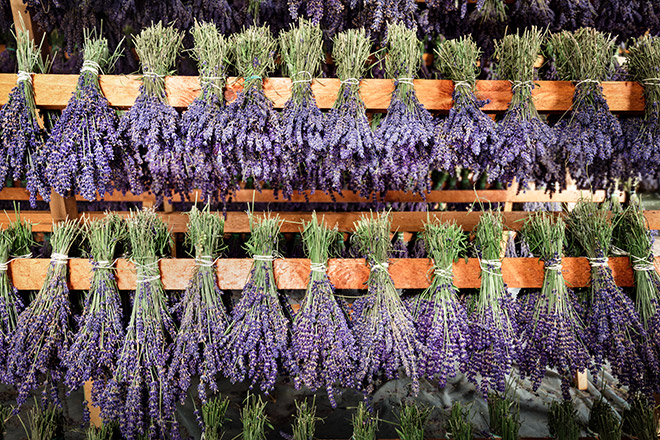
Now, to tackle heavy metal and pesticide contaminants. Heavy metals like arsenic, cadmium, chromium, lead, and mercury are no joke - they can cause serious harm to human and environmental health. Here with the CANNA team, we keep a close monitor to keep our products safe, consistent, and as always – the highest quality. So, it's important to use high-quality inputs and follow best practices. Use trusted inputs, replace worn-out equipment as needed, and manage your plants like a pro to maintain optimal health.
Pesticide contamination is another sneaky culprit that can mess with our crops. We definitely don't want asthma or gastrointestinal problems on our menu! This means handling and regulating pesticides properly to prevent contamination from the environment, like contaminated soil or spray drift.
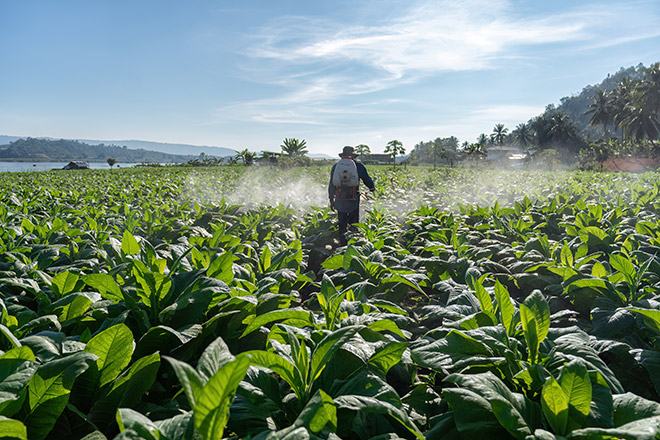
Let's lay out the management steps for a clean harvest. First things first, select the right growing material and inputs. Make sure you're creating the ideal environmental conditions for each plant stage. And hey, don't forget to maintain top-notch hygiene. As always, test for yourself! It's important to test your water source and garden soil. Plus, most states require testing end-products, so make sure that's factored into your harvest plan.
When it comes to heavy metal prevention in food, cosmetics, and toddler food, the FDA monitors the market supply. They survey regularly to identify possible sources of contamination, reduce exposure, and intervene if necessary.
Alright, my green-thumbed friends, let's go out there and conquer those contaminants for the super clean harvests we deserve.
